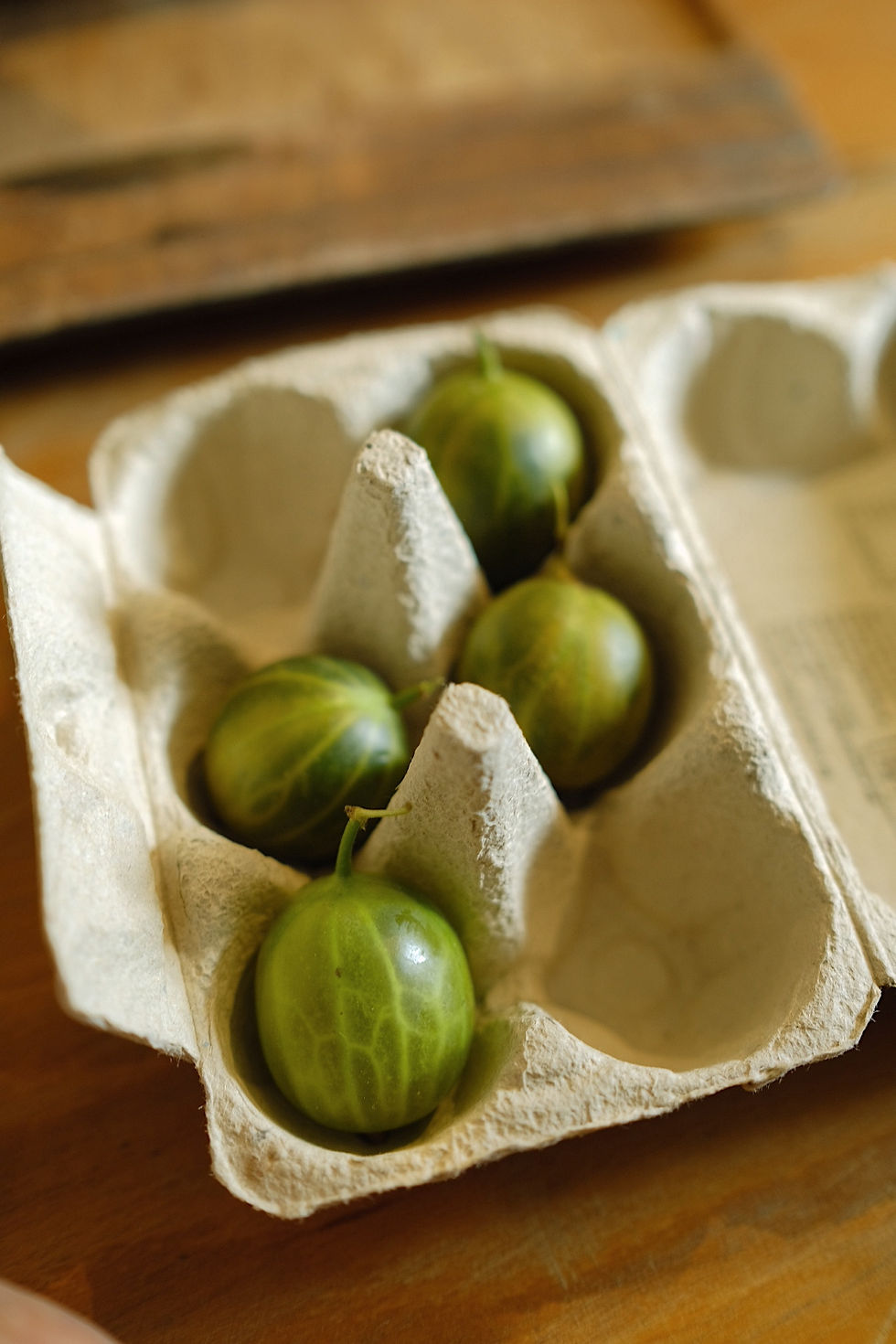A Year of the Land
- Angus D. Birditt
- Aug 19, 2021
- 3 min read
Read the following contribution to 'Stories within Our Isles' written by Elizabeth Tyler, a landscape designer and writer, who discusses the work of Sally Newton, who is currently doing a year residency at Cholderton Estate, a mixed organic farm in Wiltshire that focuses on working in harmony with the natural environment. Words by Elizabeth Tyler & artwork by Sally Newton.

I share a studio with Sally somewhere near the line where Hampshire becomes Wiltshire and things get a little wilder. Her work faces me, hung on walls and propped up against bookshelves. Below, my dog picks up oak galls collected by Sally to make ink, which I hastily retrieve.
Sally’s work is strongly grounded in her surroundings and so it made total sense for her to do a residency for Cholderton Estate, the mixed organic farm that lies just over the horizon from our studio. Sally was asked to follow a year in the life of the land through her work, as well as the more expected farm pursuits of sheep rearing, dairy and arable crops. The estate breeds Cleveland Bay horses, famed for their majestic carriage pulling, whilst they also grow some beautifully rare wildflowers.
The start of the year brings little in the form of new life and so Sally’s work first focused on the starkness of the landscape. The muddy browns and crisp blues of a mid-winter day. She makes colour swatches of elements in the landscape to act as a reference and archive, when grouped together you get a sense of the chill of winter; I can’t wait to see the colours getting warmer.
As the year moves on, more creatures emerge and start to breed. On the farm, this is punctuated by the grisly glory of lambing, which brings as much tragedy as joy. Sally’s unflinching willingness to witness it all means that her sketches of lambing work as much with breath-less bodies as with their inescapably cute cousins. Within these moments and Sally’s fast responsive lines is a truth not often represented in depictions of the countryside: It’s not all a bed of bluebells.
The estate also lies on ancient territory. Not far from Stonehenge with its radiating ley lines, long barrows and burial mounds this place feels as if humans came cleft out of the soil and haven’t yet left. Given the ecological sensitivity of the estate, these special sites are kept especially safe and sacred. One group of pieces within Sally’s work focuses on these sites, they emanate some nebulous sacred stillness that I don’t quite understand but find irresistible. I’ve just had one framed.
Whilst much of her work is made in situ, even when it’s bottom-clenchingly cold and muddy, Sally has recently embarked on some ambitious oil landscapes, which currently sit directly in my eyeline. Telling stories of the surrounding landforms and reliefs, these pieces not only feel moving but also well inhabited, part of that dialogue that stretches back millennia.
The twin draws of landscape and life haven’t quite yet split Sally in two but her sketchbooks, tree rubbings and oil studies belie her desire to do both justice. A sudden increase in local kite populations, lascivious toads, a local hill like a pile of sugar, ice spikes on a frosty morning and fossilised sea urchins are all things that have taken Sally out drawing recently. We lucky observers just get to enjoy the results.
Elizabeth Tyler is a landscape designer and writer who tries not to buy all of Sally’s work.
.png)




.jpg)


.jpg)

































Comments